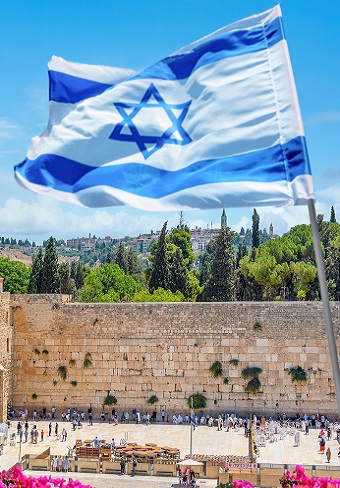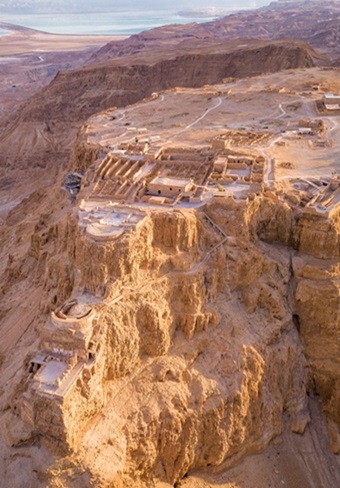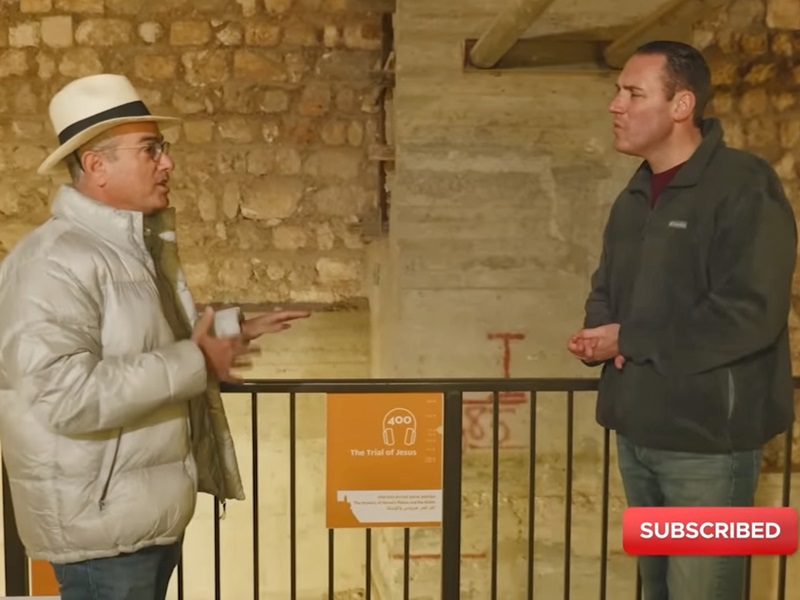Presenting Lachish on “The Watchman” Show
Nestling between vineyards in the southern part of the Judean lower hills (the Shephelah), the ancient site of Lachish is now an archaeological park. However, some 2,700 years ago, Lachish was the second most important city in the Judean Kingdom. It had a double set of walls, a massive gate complex, and a large-scale palace in its center. Around the palace, traces of stables probably indicate a military force of chariots. Yet, in 701 BCE, the site was destroyed after a brutal assault of the Assyrian. On a hot day in 2017, Erick and I reviewed the site and its dramatic history. Lachish was first built by the Canaanite, but the Bible records its conquest by Joshua’s army within two days (Joshua 10:31-33). In Israelite times, Lachish was a significant city, as it was in a fertile area, and along the main road leading to Egypt.
The Assyrian Assault on Lachish
Perhaps its proximity to the important road is the reason that in 701 BCE Sennacherib made a big effort to conquer Lachish. He was so proud of his achievement that the relief depicting this battle was placed right behind his throne in his palace in Nineveh. The relief was found and removed by the British in the 19th century, and is on display, to this day, at the British Museum. Lachish itself was later abandoned. Eventually, even its location was forgotten. Lachish was properly identified only in the 1920’s and excavated since by several archaeological expeditions. The most impressive finds are the remains of the Assyrian ramp built against its southwestern end. Ballista stone balls can still be found in the fill of the ramp. The gate complex is also very impressive. In recent years, an altar turned into a toilet seat was found in one of the gate’s rooms. Of the royal palace and stables, only the foundations are left. Still they provide a good indication of the scale of their original size.
Touring Lachish
Lachish has been intensively developed for tourism in recent years, including a new visitor center.
A tour of Lachish can be combined with a day tour of the Judean lowhills (the Shephelah)





